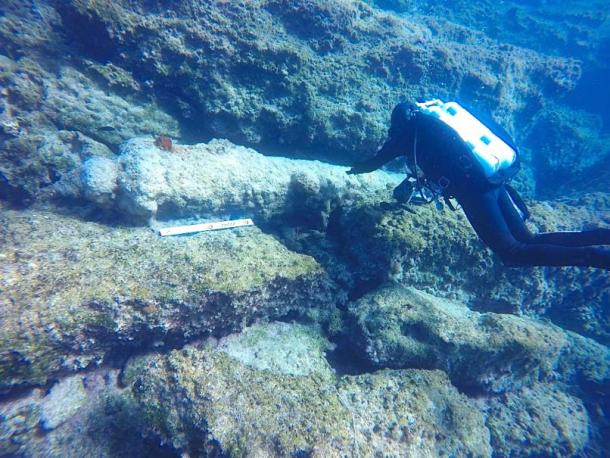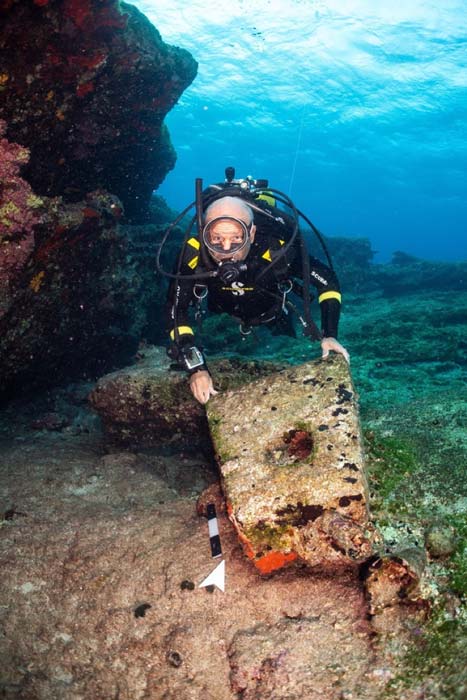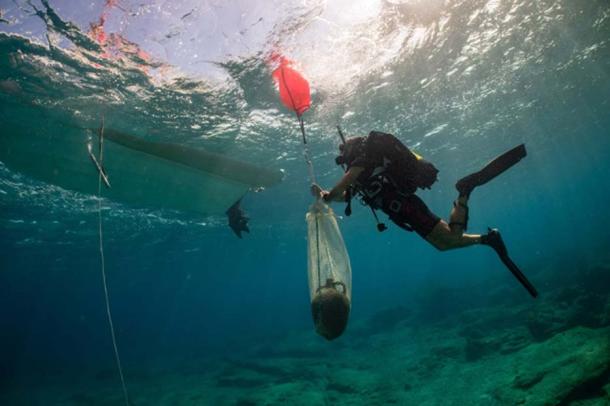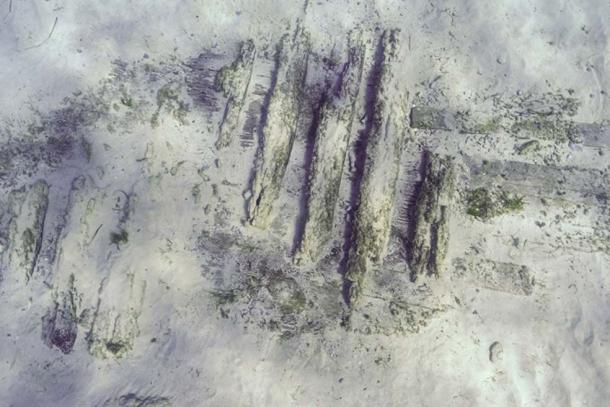2,000-Year-Old Shipwrecks With Cargo Discovered Off Greek Island
Three shipwrecks from the ancient and medieval periods and large parts of their cargo are discovered in the remote Aegean island of Kasos, the ministry of cultural affairs in Greece reports.
Examining the ship off the shores of Kasos’s tiny Aegean island, divers reported finding cannons, stone anchors, pottery, fine tableware, and many other valuable items in an extensive underwater survey that ended this week.
Kasos Island lies on a historic maritime trading route that connects the Middle East with the Egean between Crete and Rhodes.

The oldest of the wrecks, the Greek Reporter said, was a 2,300-year-old trading vessel with five anchors in stone, fine tableware, and amphorae, which were large pots of clay used to transport food, oils, and wines. Two other vessels from the 1st and 8th-10th centuries BC were also found.
An article in the National Herald says this phase of the project required “67 divers” who together covered more than one-third of the designated site during the 2019 exploratory season and they plan to resume diving in 2020 and will continue towards the end of 2021.

The archaeologists still need to “discover, study and identify” the hulls of these ancient ghost ships that once sailed this important route which served as a cross-cultural conduit with the eastern cultures, for many centuries.
The 8-10th century AD (Byzantine era) ship was found with an ancient Greek ship believed to have sunk in the 1st century BC, but the oldest shipwreck that has been found at Kasos dates way back to the 4th century BC.
Fortunately, the most ancient ship was also the one that contained the most archaeologically valuable treasure in the form of four different types of ancient pottery.

Kasos and the region around it served as a sort of maritime crossroads for many centuries where exotic products of the east came into contact with civilizations of the eastern Mediterranean, however, not all the finds are from the old world.
According to the Greek Reporter, “the last shipwreck” recovered by the archaeological divers was a modern era ship carrying construction materials and another shipwreck was found dating to the Greek War of Independence in the 1820s.

The 4th century BC shipwreck, with all the different pottery, dates to exactly the same century as another shipwreck which is suspected to be the world’s “ oldest intact shipwreck ” which an October article in The Guardian said was discovered at the bottom of the Black Sea earlier this year.
The 2,400-year-old, 75 foot (23 meters) vessel of ancient Greek origins, was discovered in a near-perfect state of preservation still equipped with rudders, rowing benches, and its mast.
Professor Jon Adams is the principal investigator with the Black Sea Maritime Archaeology Project (MAP), and he said the reason these shipwrecks are so well preserved at such depths is because of a lack of oxygen.
However, even with all his experience, he said finding surviving intact ships from the classical world beneath 1.24 miles (2 kilometers) of the sea is something he “would never have believed possible” and that such discoveries will “change our understanding of shipbuilding and seafaring in the ancient world”.
An article such as this, about ancient shipwrecks discovered in 2019, wouldn’t be complete without mentioning the April 2019 announcement in Daily Sabah of the incredible findings of a group of Turkish underwater researchers from Antalya University’s Underwater Research Department.
Just off the western shores of the city of Antalya, they found a 46 foot (14 meters) long Bronze Age shipwreck in 164 feet (50 meters) of water holding 1.5 tons of copper bullion. And dating to 3,600 years-old, if verified, this will be the world’s “oldest shipwreck”.
It is suspected that this shipwreck is older than a Greek merchant ship found off Bulgaria’s Black Sea coast in 2018 which dates back more than 3,400 years and described as the world’s oldest known “intact shipwreck”.
Built around 1,600 BC, Antalya Governor Münir Karaloğlu, told press at the time that the discovery of this shipwreck was the “Göbeklitepe” of underwater archaeology, a terrestrial site often referred to as Point Zero in cultural archaeology.





